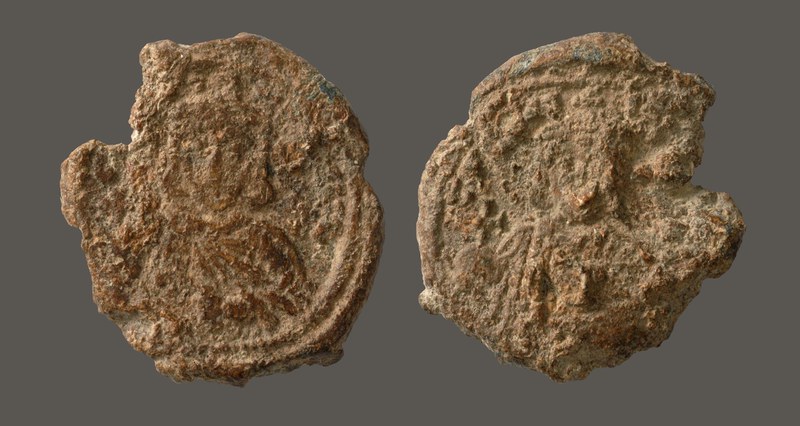
The long reigns of Leo III and his successors, when compared with the multiple usurpations of the imperial tenures in the two decades prior, attests to the importance of success and ability, as opposed to birth, in the length of rule and legitimacy of dynasty in Byzantium. Leo, the strategos of the Anatolikon theme, was an able administrator and military leader from a Syrian family transferred to Thrace in one of Justinian II's relocation programs. Almost as soon as he took power, Leo faced an Arab siege of Constantinople. In resisting the Arabs Leo benefited from the foresight of his two immediate predecessors. Anastasios II (713–715) had strengthened the walls of Constantinople and prepared the city for the Arab attack that he thought was coming. Theodosios III (715–717) secured an alliance with the Bulgar Khan Tervel, ensuring peace in the Balkans and support against any troops laying siege to the land walls of Constantinople. These preparations, combined with Leo's skills in warfare and intrigue meant that the Arab siege of 717–18 not only failed, but was a disaster for the caliph. Another of Leo's great military achievements was to free the western provinces of his Anatolian empire from the frequent Arab raids that had plagued life there for over half a century.

In addition to being an able commander Leo was a keen legal and administrative reformer. He introduced a codification of the law known as the Ekloga, in which the death penalty was largely replaced by mutilation, the text was written in a style that was clear and simple for most people to understand, and the laws provided more protection to women than they had previously enjoyed. He created new administrative districts and provided greater central control over the themes, something that was needed to help halt the large number of provincial revolts that had been seen over the last sixty years. In addition to his administrative reforms and military successes, Leo also introduced the policy of Iconoclasm by removing the image of Christ from the Chalke Gate. This policy against the use of religious imagery remained in place until 787, and was reinstated, in a less vigorous manifestation, from 815 until 843. From a sigillographic perspective, it is to the policy of Iconoclasm that we look for the origin of the cruciform invocative monograms that dominate the obverses of eighth- and ninth-century seals.

Leo issued two groups of seals, one iconic and one aniconic. The iconic seals break down into two subgroups. First, from 717 to 720, as on his predecessors’ seals, Leo III is depicted on the reverse, with the Mother of God holding Christ on the obverse. Second, from 720 to 741, Leo III is associated with his son Constantine V, who replaces the Mother of God. The second group, from the period of associated rule, largely parallels the aniconic design of the silver miliaresion introduced in 720 and based on the Arab dirham. The design, which depicts a cross on the obverse and an inscription on the reverse, is the first imperial seal without a depiction of the emperor. In addition, the obverse inscription of the aniconic specimens, which differs from that found on coins, is the first Greek inscription on Byzantine seals, although it continues to be rendered in Latin letters. For more seals of the Isaurian Dynasty see the Dynasties of Empire section.























































